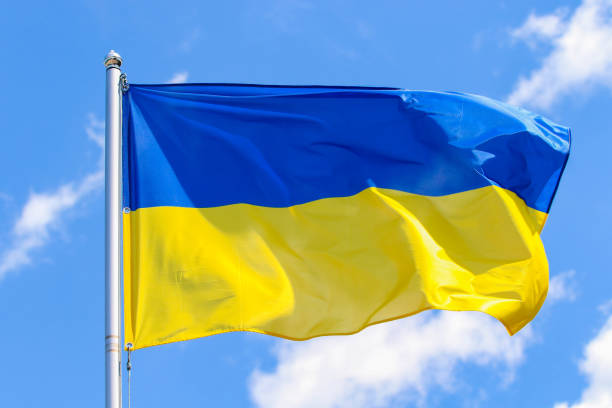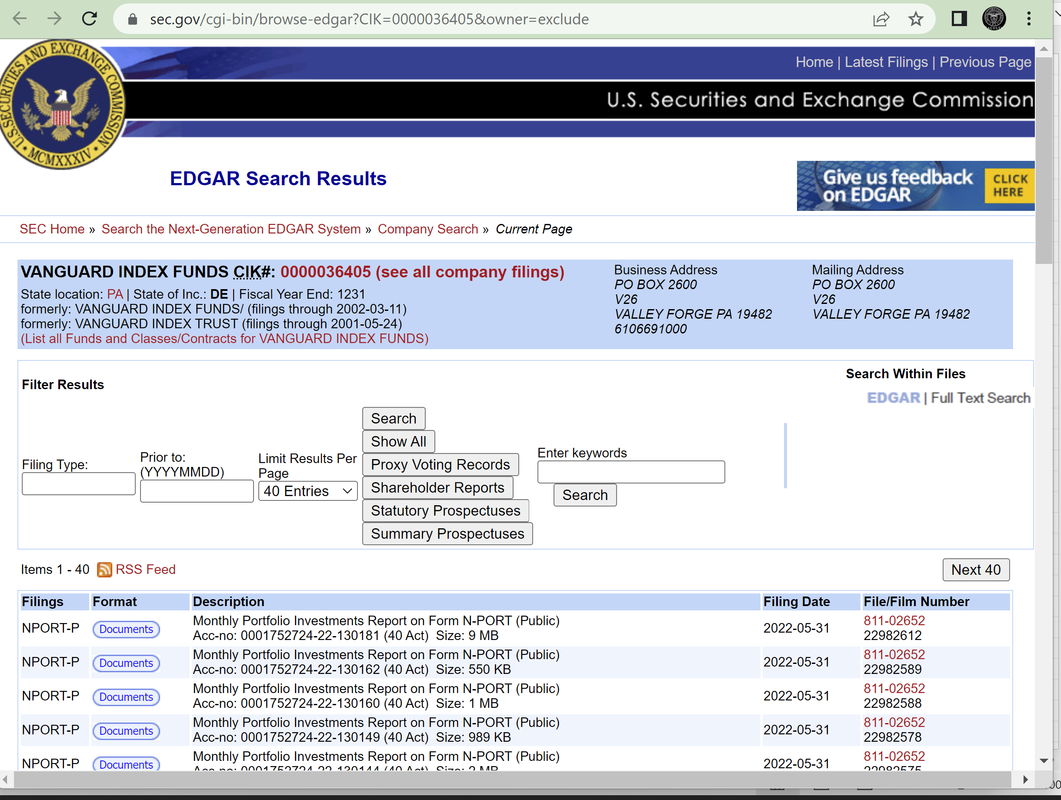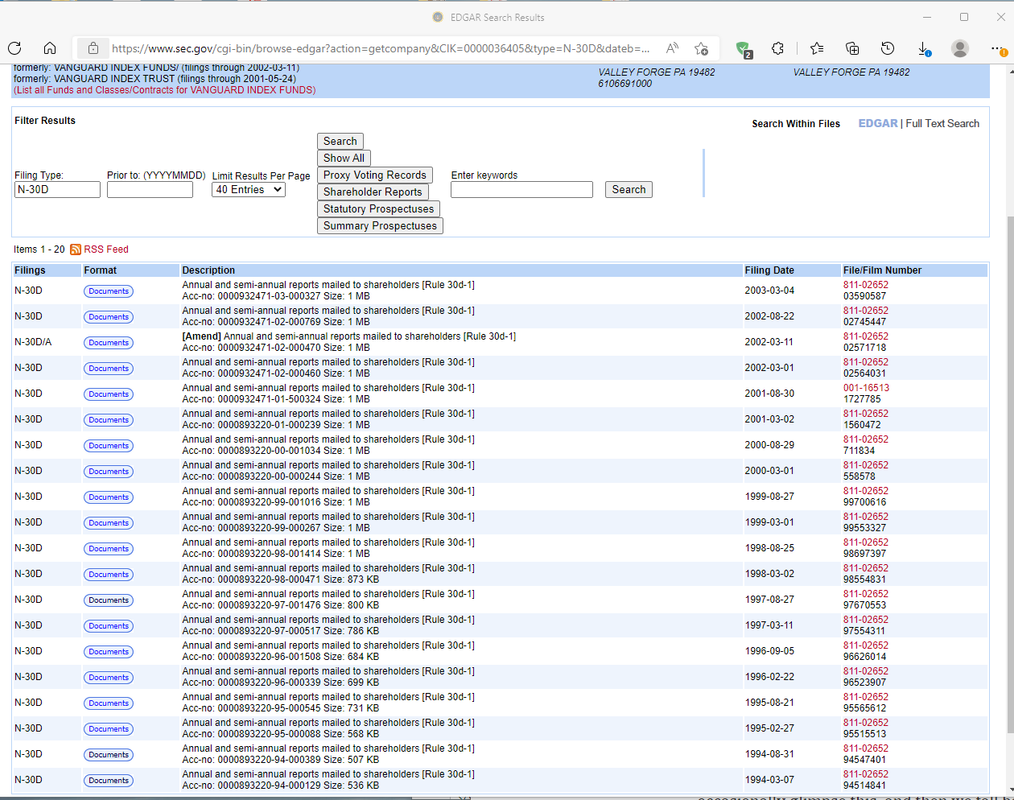https://www.sec.gov/Archives/edgar/data/1579982/000110465922080847/tm2221379d1_497.htm497 1 tm2221379d1_497.htm 497
ARK ETF TRUST
ARK Transparency ETF (CTRU)
Supplement dated July 19, 2022 to the Prospectus, Summary Prospectus and Statement of Additional Information (“SAI”) for ARK ETF Trust (the “Trust”) dated November 1
5, 2021.
This Supplement updates certain information contained in the Prospectus, Summary Prospectus and SAI with respect to the following series of the ARK ETF Trust: ARK Transparency ETF (the “Fund”). You may obtain copies of the Fund’s Prospectus, Summary Prospectus and SAI free of charge, upon request, by calling toll-free 8
55-406-1
506, sending an email request to
[email protected], or by writing to ARK Investment Management, LLC, 200 Central Avenue, St. Petersburg, Florida 33701.
At a meeting held on July 1
5, 2022, the Board of Trustees of the Trust unanimously approved the liquidation, winding down and termination of the Fund, which is expected to happen on or about July 29, 2022.
After the close of business on Thursday, July 21, 2022, the Fund will no longer accept creation orders, and after the close of business on Tuesday, July 26, 2022, the Fund will no longer accept redemption orders. The last day of trading of shares of the Fund on Cboe BZX Exchange (“Cboe”) is expected to be July 26, 2022. Shareholders should be aware that when the Fund commences liquidation, it will no longer pursue its stated investment objective or engage in any business activities except for the purposes of selling and converting into cash all of the assets of the Fund, paying its liabilities, and distributing its remaining proceeds or assets to shareholders (the “Liquidating Distribution”). During this period, the Fund is likely to incur higher tracking error than is typical for the Fund. Furthermore, during the time between market close on July 26, 2022 and July 29, 2022, shareholders will be unable to dispose of their shares on Cboe.
Shareholders may sell their holdings of the Fund, incurring typical transaction fees from their broker-dealer, on Cboe until market close on Tuesday, July 26, 2022, at which point the Fund’s shares will no longer trade on Cboe and the shares will be subsequently delisted. Shareholders who continue to hold shares of the Fund on the Fund’s liquidation date will receive a Liquidating Distribution (if any) with a value equal to their proportionate ownership interest in the Fund on that date. Such Liquidating Distribution received by a shareholder, if any, may be in an amount that is greater or less than the amount a shareholder might receive if they dispose of their shares on Cboe prior to market close on Tuesday, July 26, 2022. The Fund’s liquidation and payment of the Liquidating Distribution may occur prior to or later than the dates listed above.
Shareholders who receive a Liquidating Distribution generally will recognize a capital gain or loss equal to the amount received for their shares over their adjusted basis in such shares. Please consult your personal tax advisor about the potential tax consequences.
Shareholders should call the Fund’s distributor, Foreside Fund Services, LLC, at 8
55-406-1
506 for additional information.
Please retain this supplement for future reference.
Also,
https://www.bloomberg.com/news/articles/2022-07-19/cathie-wood-s-ark-shutters-transparency-etf-in-first-closure






